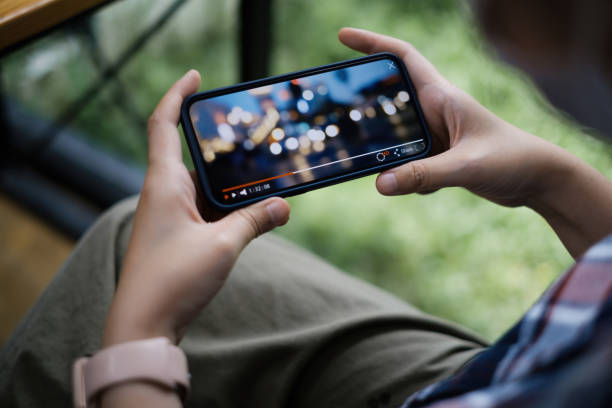
The Integration of Augmented Reality in Educational Escape Rooms
In recent years, educational escape rooms have gained popularity as engaging and interactive learning experiences for students. These physical or virtual games involve solving puzzles and overcoming challenges to “escape” a room or scenario. To further enhance the educational value and immersion, the integration of augmented reality (AR) technology into these escape rooms has become a game-changer.
The Benefits of Augmented Reality in Education
Augmented reality merges virtual content with the real world, providing users with an interactive and enriched experience. When applied to educational escape rooms, AR has several significant benefits:
Enhanced Engagement: AR creates a sense of wonder and excitement, attracting and maintaining students’ attention throughout the learning process.
Immersive Learning: By overlaying digital elements onto the physical environment, AR brings abstract concepts to life, making them more tangible and understandable for students.
Collaboration and Communication: AR facilitates teamwork and communication among students, as they can interact with the same virtual objects and elements simultaneously.
Personalized Learning: AR allows educators to tailor the learning experience to individual students’ needs, providing interactive hints, guidance, and adaptive challenges.
Real-World Application: AR enables students to bridge the gap between theoretical knowledge and practical application by offering simulated real-world scenarios for exploration and problem-solving.
The Integration Process
Integrating augmented reality into educational escape rooms involves several key steps:
Step 1: Define Learning Objectives
Start by identifying the specific learning goals and objectives for the escape room experience. Determine the subject matter, concepts, and skills you want students to explore and develop.
Step 2: Select an AR Platform
Choose an appropriate AR platform or software that suits your needs and budget. Consider factors like ease of use, compatibility with devices, available features, and support.
Step 3: Design the Escape Room Layout
Create the overall layout and theme for your escape room. Decide on the physical components, such as props and clues, and the virtual elements that will be overlaid using AR.
Step 4: Develop AR Content
Utilize your chosen AR platform to develop interactive digital content that aligns with the learning objectives. This may include 3D models, quizzes, audiovisual materials, or gamified elements.
Step 5: Test and Refine
Conduct a pilot testing phase to ensure the effectiveness and functionality of the augmented reality integration. Gather feedback from students and make necessary refinements for an optimal learning experience.
Examples of AR Integrated Escape Rooms
Here are a few examples of how AR can be integrated into educational escape rooms:
Physics and Engineering Escape Room
Students can apply physics principles and engineering concepts to solve puzzles and challenges. AR can be used to visualize and interact with virtual objects and experiments, facilitating a deeper understanding of complex concepts.
Historical Time Travel Escape Room
Transport students back in time by overlaying historical scenarios onto a physical space. With AR, they can explore ancient civilizations, interact with historical figures, and unravel mysteries while gaining a comprehensive understanding of different time periods.
Science and Biology Escape Room
AR can bring microscopic organisms and scientific processes to life within an escape room setting. Students can examine and dissect virtual specimens, conduct virtual experiments, and witness scientific phenomena in real-time.
Conclusion
The integration of augmented reality into educational escape rooms has revolutionized the way students learn and engage with subject matters. By combining the excitement of escape rooms with the immersive power of AR technology, educators can create unforgettable educational experiences that foster critical thinking, collaboration, and a deeper understanding of various concepts. As technology continues to advance, the potential for AR in education is limitless, sparking curiosity and fueling the thirst for knowledge in students of all ages.

